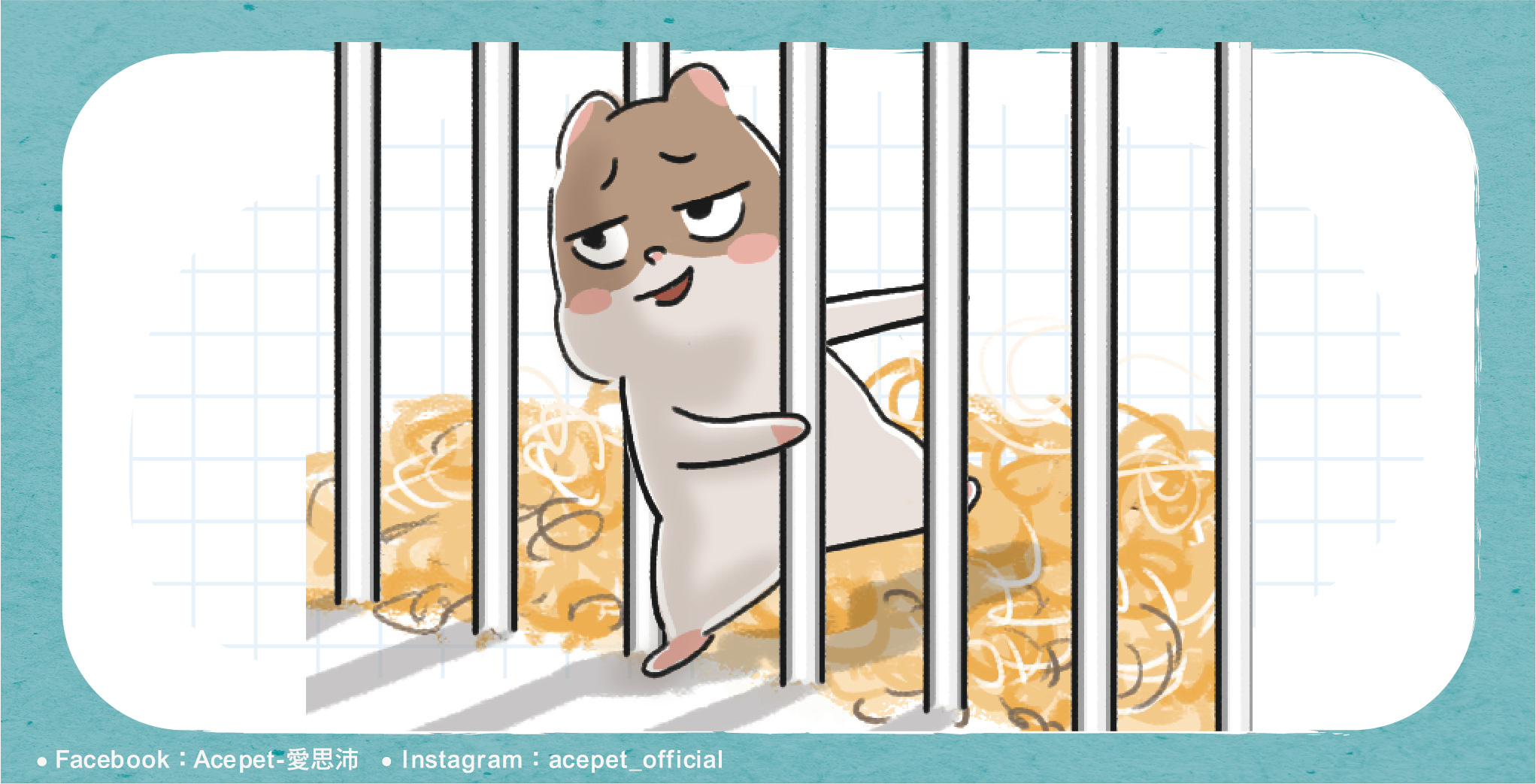- Home
- Blog
- Pet Care and Daily Maintenance
- Hamster "Skull Compression Technique": The Flexible Mini Escape Artist! 🐹✨
Hamster "Skull Compression Technique": The Flexible Mini Escape Artist! 🐹✨

Hamsters are not just running experts or hoarding masters—they are also "gap-squeezing specialists"! Thanks to their unique skull structure, they can squeeze through spaces narrower than their bodies. If their head fits, their whole body can almost always follow! But how does this work? Let’s dive in! 👇
1. Why Can a Hamster’s Skull "Compress"?
Unlike humans, whose skulls are rigid, hamsters have a certain degree of skull flexibility. Combined with their unique body structure, this allows them to:
✅ Slightly compress their skulls to squeeze through tight gaps.
✅ Shrink their shoulders and ribcage, making their body flatter for easy passage.
✅ Appear larger than they actually are due to their fur, but their bones are much smaller than they seem.
This ability is especially useful in the wild, helping them escape predators and find safe hiding spots.
🏃♂️ 2. The "If the Head Fits, the Body Fits" Theory
A hamster’s shoulders are not fixed in place, and their skeleton is designed to be compressible, allowing them to fit into narrow spaces. This means:
🔸 If a hamster’s head can pass through a gap, its entire body can likely follow!
🔸 Cage bar spacing should be no more than 1cm, especially for small hamsters like Roborovskis, to prevent escape.
🔸 Hamsters can squeeze under furniture or into wall cracks, so if they escape, check the smallest gaps—they’re probably hiding there!
🔬 3. Which Hamsters Are Best at Squeezing Through Gaps?
Different hamster species have varying "gap-squeezing" skills:
🏆 Roborovski Hamster – The smallest species and the ultimate escape artist, capable of squeezing through 5mm gaps!
🥈 Winter White & Campbell’s Hamsters – Medium-sized but still great at finding and fitting through small openings.
🥉 Syrian Hamster – Larger in size, so less skilled at squeezing through tight spaces, but they can still escape if the gap is big enough!
🚨 4. How to Prevent Your Hamster from Escaping?
Since hamsters are natural tunnel explorers, it’s important to take precautions:
✔ Use cages with bar spacing no wider than 1cm (or 0.5cm for smaller hamsters).
✔ Check that the cage door is secure to prevent them from pushing it open.
✔ Avoid letting them roam freely near furniture, behind wires, or other hard-to-reach places.
🎭 5. Why Do Hamsters Squeeze Into Tight Spaces?
It’s not just random mischief—it’s their natural instinct!
✅ Avoiding predators – Hamsters are prey animals, and squeezing into tight spaces keeps them safe.
✅ Finding food – In the wild, small gaps may contain seeds or insects, an important food source.
✅ Nest-building – Hamsters naturally dig burrows, so squeezing into small spaces gives them a sense of security.
A hamster’s bone structure makes them natural escape artists—if their head fits, their body follows! This skill helps them survive in the wild but can also lead to hilarious (and sometimes stressful) moments for pet owners. 🤣
When keeping a hamster, make sure their environment is escape-proof to prevent a real-life version of "The Great Hamster Escape"! 🐹💨

